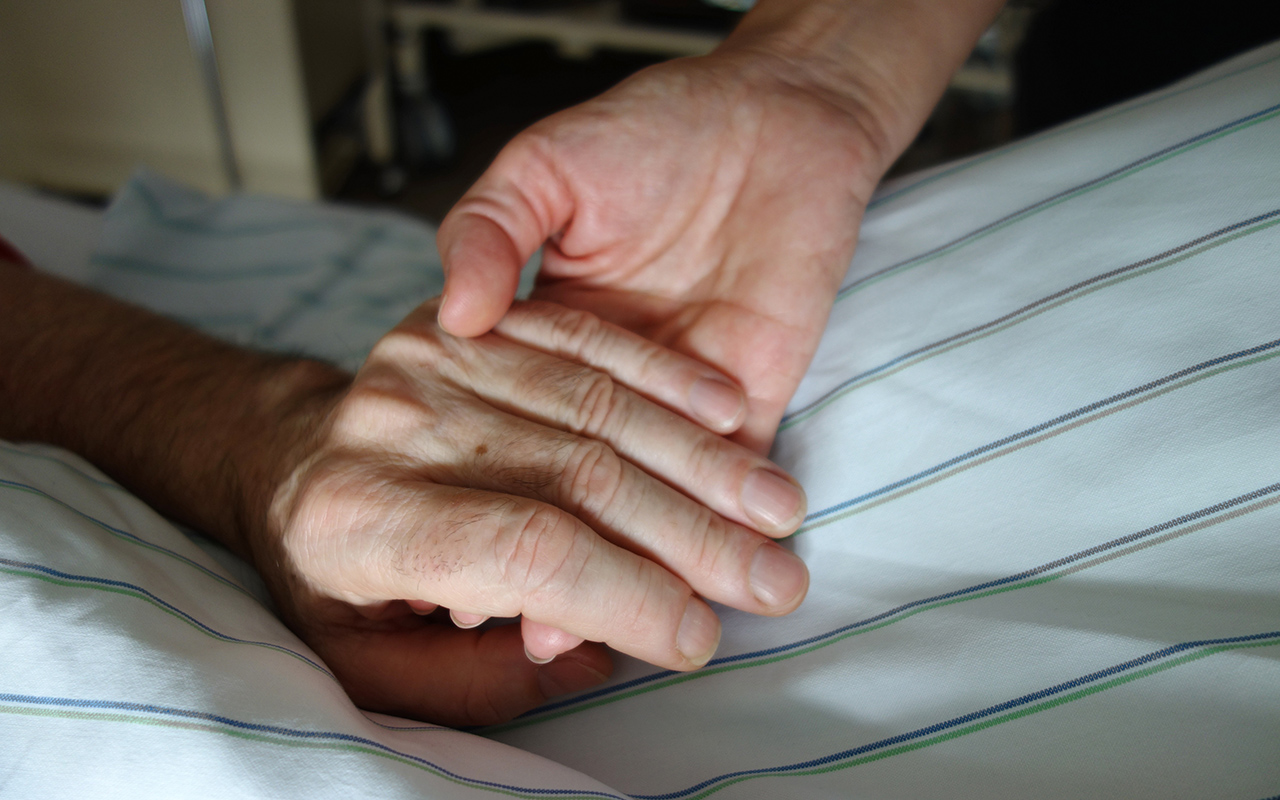A 16-YEAR-old Commonwealth law that prohibits discussing suicide via a carriage service (electronic means of communication including telephone and internet) may pose legal risks for doctors and restricts access to voluntary assisted dying to patients in rural and remote areas, according to experts.
Since November 2017, five states have legalised voluntary assisted dying (VAD): Victoria, Western Australia, Tasmania, South Australia and, most recently, Queensland. A bill is expected to be tabled shortly in the New South Wales Parliament, and the Australian Capital Territory and Northern Territory are also pushing for reform.
Writing in the MJA, Dr Eliana Close, a Postdoctoral Research Fellow at the Australian Centre for Health Law Research at the Queensland University of Technology, and colleagues wrote that the 2005 amendment to the Criminal Code Act 1995 (the Code; 474.29A) was introduced to combat pro-suicide chatrooms and “in response to Philip Nitschke’s efforts to promote suicide methods for the terminally ill”.
“The Code sets out two complex offences regarding communicating about suicide over a carriage service,” Close and colleagues wrote. “The Code makes it an offence to use a carriage service to:
- counsel or incite suicide or attempted suicide; or
- promote or provide instruction on a particular method of committing suicide.”
Telehealth has expanded rapidly during the COVID-19 pandemic and US and Canadian research has shown that, in the context of VAD, it can be effective.
“Formal requirements [of VAD legislation] (such as assessing age and residency) and clinical requirements (including assessing capacity and voluntariness) can all be addressed through telehealth, particularly where doctors have been involved in the patient’s care before the request for voluntary assisted dying,” wrote Close and colleagues.
The problem comes in the interpretation of the Code, they say.
“There is disagreement about whether and when health professionals who use a carriage service to discuss voluntary assisted dying will contravene these laws. One threshold issue is whether voluntary assisted dying meets the legal definition of ‘suicide’: in other words, ‘intentional self-killing’.
“There are strong arguments of logic why the two concepts are distinct, but a court has never ruled on whether voluntary assisted dying meets the legal meaning of suicide under the Code.
“This creates significant legal uncertainty.”
According to Close and colleagues the Commonwealth Government has refused to amend the Code, even though by 2023, when the Queensland VAD legislation becomes operational, over two-thirds of Australians will live in a jurisdiction where the practice is legal.
Close and colleagues have four recommendations for health practitioners involved in the voluntary assisted dying process:
- providing general information about availability of VAD as a legal option is unlikely to contravene the Code because general discussions do not counsel or incite suicide, or promote or provide instruction about a method of suicide;
- conducting an eligibility assessment via a carriage service is likely not to breach the Code, as this requires judgements about factors including residency, prognosis and decision-making capacity, rather than inciting, encouraging or providing instruction about suicide;
- discussing the VAD medication protocol for self-administration and how death will occur could amount to providing instruction on a method of suicide (the second offence) – to minimise risk, health practitioners should have these discussions in person;
- VAD by practitioner administration cannot amount to suicide (unlike self-administration, it does not involve intentional self-killing); therefore, if practitioner administration only is contemplated (eg, because the patient is physically unable to swallow the voluntary assisted dying substance), communication by telephone or internet will not infringe the Code.
“Uncertainty about liability under the Code restricts the use of telehealth for voluntary assisted dying in practice, adversely impacting doctors, patients and their families,” Close and colleagues wrote.
“It has negatively affected implementation of voluntary assisted dying in Victoria and is likely to cast an even darker shadow in states such as WA and Queensland, with geographically dispersed populations.
“Clinicians acting in accordance with lawful state processes and in good faith should not have to grapple with possible legal risk.
“The Commonwealth Government should act to protect practitioners and prioritise equitable access for those in rural and regional areas,” they concluded.
“As voluntary assisted dying reform spreads across the country, the calls to address this problem will, rightly, only grow louder and become more compelling.”
Also online first at the MJA
Podcast: Associate Professor Alexander Larcombe is Program Head of Respiratory Health at the Telethon Kids Institute in Perth. He talks about toxic compounds found in vaping liquids … FREE ACCESS permanently.
Research: Chemical analysis of fresh and aged Australian e‐cigarette liquids
Larcombe et al; doi: 10.5694/mja2.51280 … FREE ACCESS permanently.
Consensus statement: Consensus guidelines for the management of adult immune thrombocytopenia in Australia and New Zealand
Choi et al; doi: 10.5694/mja2.51284 … OPEN ACCESS permanently.

 more_vert
more_vert
The Criminal Code Act Amendment requires for an offense to be committed, that a person must INTEND that the material transmitted be used for the purposes of committing suicide. When I certify a death through VAD, suicide is not listed as the cause of death. If I know that suicide will not occur by law, how can I intend that that material be used to commit suicide?
The risks are theoretical, and if prosecution under this Act was felt to be in the public interest, the statewide navigators, who have phone calls and email communication with patients about this process on a daily basis, would have attracted legal action by now.